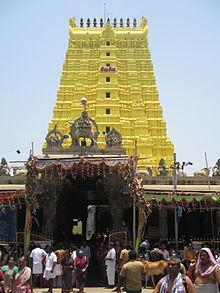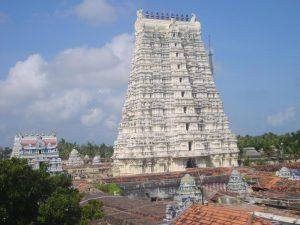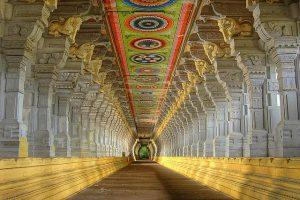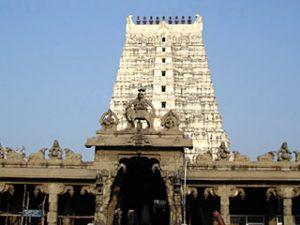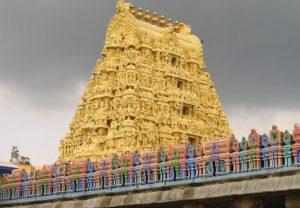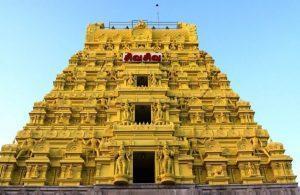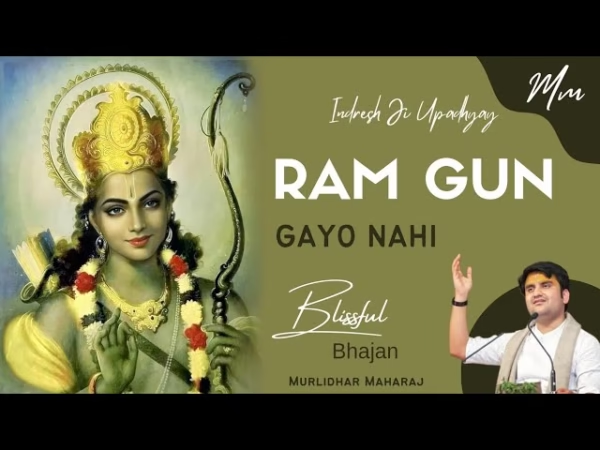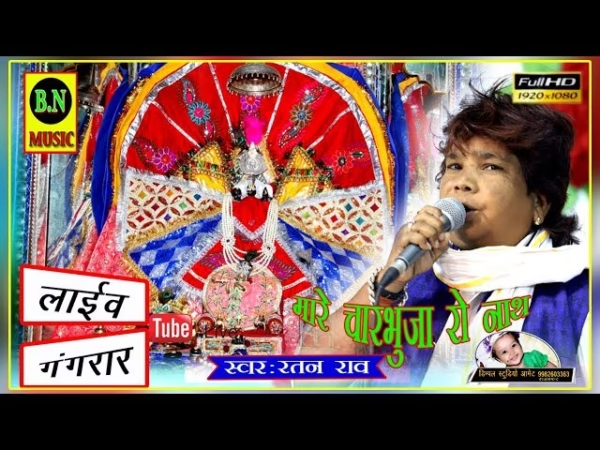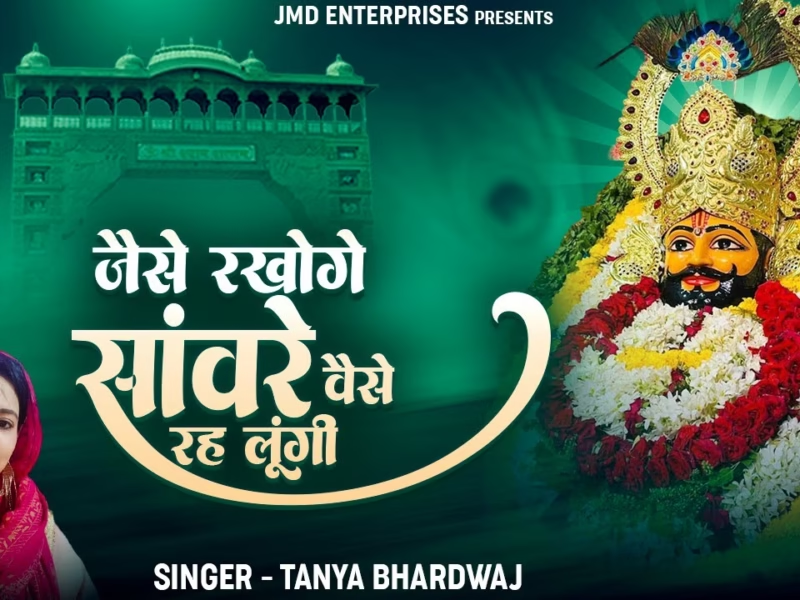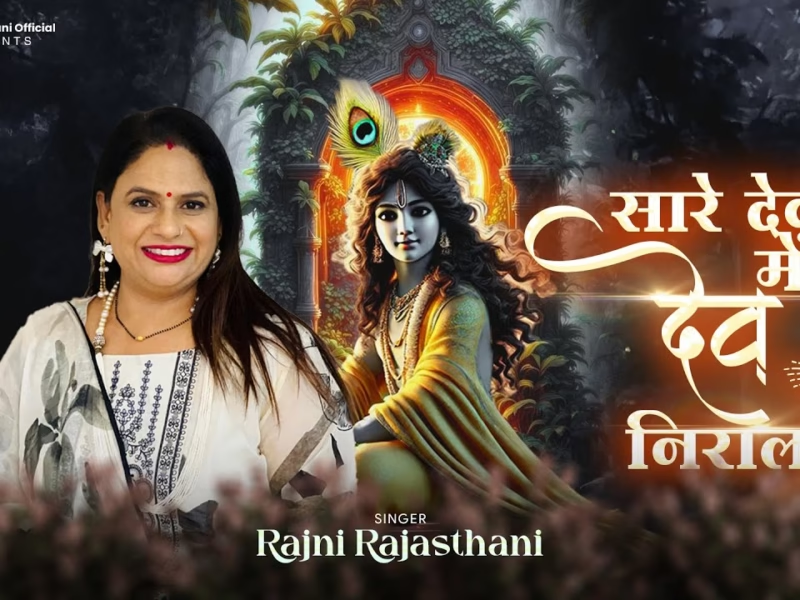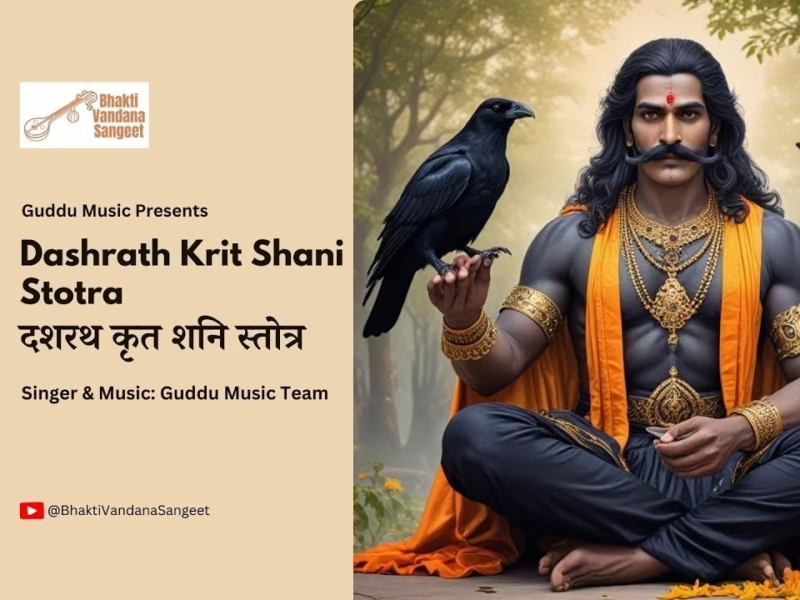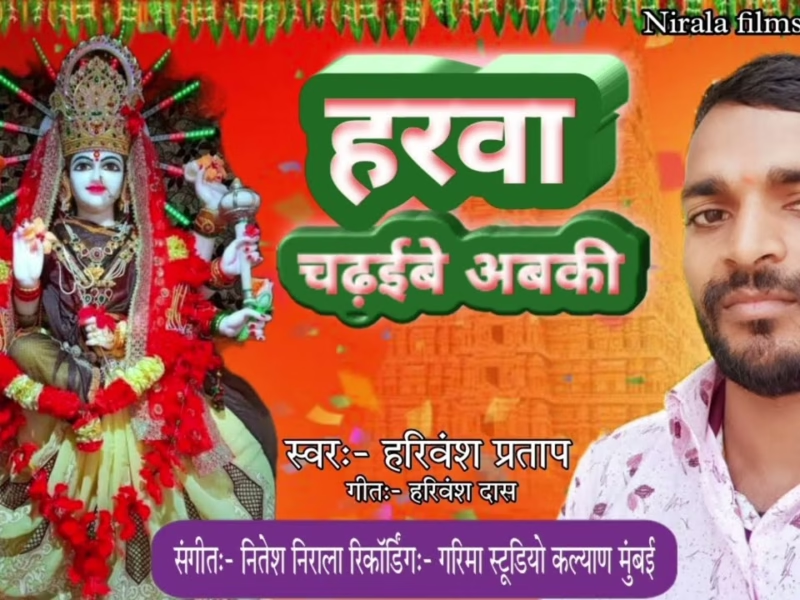Ramanathaswamy Temple, Ramanathapuram, Tamil Nadu
| Date built: | – |
|---|---|
| Deity: | Ramanathaswamy |
| Architectural style: | Dravidian architecture |
| Major festivals | – |
| Locale: | Rameswaram |
| District:: | Ramanathapuram |
| Address: | Rameswaram, Tamil Nadu 623526 |
| Phone | 04573221223 |
Ramanathaswamy Temple is a Hindu temple dedicated to the god Shiva located on Rameswaram island in the state of Tamil Nadu, India. It is also one of the twelve Jyotirlinga temples. It is one of the 274 Paadal Petra Sthalams, where the three of the most revered Nayanars (Saivite saints), Appar, Sundarar and Tirugnana Sambandar, have glorified the temple with their songs. The temple was expanded during the 12th century by Pandya Dynasty, and its principal shrines sanctum were renovated by Jeyaveera Cinkaiariyan and his successor Gunaveera Cinkaiariyan of the Jaffna kingdom. The temple has the longest corridor among all Hindu temples in India.The temple is located in Rameswaram considered a holy pilgrimage site for Shaivites, Vaishnavites and Smarthas. The presiding deity, the Lingam of Ramanathaswamy (Shiva), is believed to have been established and worshiped by Rama, an avatar of the god Vishnu, to absolve the sins created during the Ramayana war at Sri Lanka.
Architecture
The primary deity of the temple is Ramanathaswamy (Shiva) in the form of lingam.There are two lingams inside the sanctum – one built by Sita, from sand, residing as the main deity, Ramalingam and the one brought by Hanuman from Kailash called Vishwalingam.Rama instructed that the Vishwalingam should be worshipped first since it was brought by Hanuman – the tradition continues even today.
Like all ancient temples in South India, there is a high compound wall (madil) on all four sides of the temple premises measuring about 865 feet furlong from east to west and one furlong of 657 feet from north to south with huge towers (Gopurams) to the east and the west and finished gate towers to the north and south. The temple has striking long corridors in its interior, running between huge colonnades on platforms above five feet high.
The second corridor is formed by sandstone pillars, beams and ceiling. The junction of the third corridor on the west and the paved way leading from the western gopuram to the Setumadhava shrine forms a unique structure in the form of a chess board, popularly known as Chokkattan Madapam, where the Utsava deities are adorned and kept during the Vasanthotsavam (Spring festival) and on the 6th day festival in Adi (July–August) and Masi (February–March) conducted by the Setupati of Ramnad.
The outer set of corridors is reputed to be the longest in the world, measuring about 6.9 m in height, 400 feet each in the east and west and about 640 feet in the north and the south. The inner corridors are about 224 feet each in the east and the west and about 352 feet each in the north and the south.Their width varies from 15.5 feet to 17 feet in the east and west about 172 feet on the north and south with width varying 14.5 feet to 17 feet.The total length of these corridors is thus 3850 feet. There are about 1212 pillars in the outer corridor.Their height is about 30 feet from the floor to the center of the roof. The main tower or rajagopuram is 53 m tall. Most pillars are carved with individual compositions.At the beginning, Ramanathaswamy Temple was a thatched shed. The present structure was the work of many individuals spread over a number of centuries. The pride of place in the establishment for the Temple goes to the Setupatis of Ramanathapuram. In the seventeenth century, Dalavai Setupati built a portion of the main eastern Gopuram. In late eighteenth century, the world-famous third corridor was constructed by Muthuramalinga Setupati who lived for forty nine years and ruled between 1763 and 1795. The corridor was called “Chokkatan Mandapam”. The Mukhya Pradhani (Chief Minister) was Muthuirullappa Pillai and the Chinna Pradhani (Deputy Chief Minister) was Krishna Iyengar. The Setupati’s statue and those of his two Pradhanis (ministers) can be seen at the western entrance to the third corridor.
The composite columns of Virabhadra holding sword and horn are found be additions of the Vijayanayagara kings during the early 1500s. Similar columns of Virabhadra are found in Adikesava Perumal Temple at Thiruvattaru, Meenakshi Temple at Madurai, Nellaiappar Temple at Tirunelveli, Kasi Viswanathar temple at Tenkasi, Krishnapuram Venkatachalapathy temple, Soundararajaperumal temple at Thadikombu, Srivilliputhur Andal temple, Srivaikuntanathan Permual temple at Srivaikuntam, Avudayarkovil, Vaishnava Nambi and Thirukurungudivalli Nachiar temple at Thirukkurungudi.
There are separate shrines for Ramanathaswamy and his consort goddess Parvathavardhini separated by a corridor.There are separate shrines for the goddess Vishalakshi, the utsava images, sayanagriha, Vishnu and Ganesha. There are various halls inside the temple, namely Anuppu Mandapam, Sukravara Mandapam, Setupati Mandapam, Kalyana Mandapam and Nandi Mandapam.
Legend / Local stories
According to the Ramayana, Rama, the seventh avatar of the god Vishnu, prayed to the god Shiva to absolve him of the sin committed during his war against the demon king Ravana in Sri Lanka.Rama wanted to have a large lingam to worship Shiva. He directed Hanuman, the lieutenant in his army, to bring a lingam from the Himalayas. When Hanuman was delayed in bringing the lingam, Sita, the wife of Rama, built a small lingam out of the sand available in the sea shore, which is believed to be the lingam in the sanctum.
Photo Gallery
How to Reach:
Contact Details
Official Address

